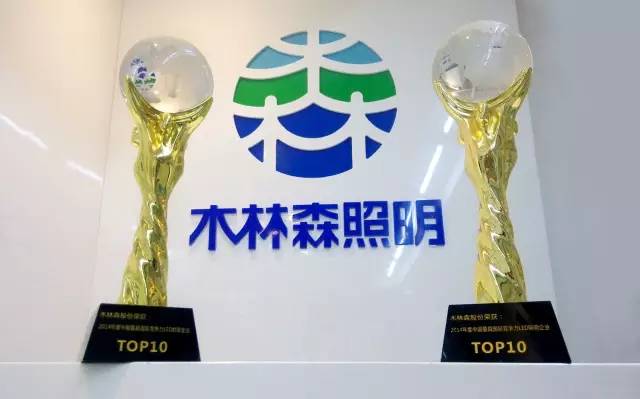Raging price wars in the
LED industry urged many manufacturers to veer away from low entry level products, and invest their resources in more profitable niche markets. Some of
these markets include IR LED, UV LED, automotive lighting, grow lights, and smart lighting to name a few. The conventional wisdom is tapping into a blue sea market at an early stage would give enterprises a
competitive edge in the market. But one top Chinese manufacturer
MLS Co. LTD (or also known as Forest Lighting) is challenging this concept.
MLS keeps LED prices low with mass production strategy
Instead of allocating resources in the R&D of high-end lighting products or other niche markets, “MLS business strategy is primarily focused on mass producing mature LED products”, said James Wang, General Manager, Taiwan, MLS during a recent interview with LEDinside. MLS is embracing basic light sources, bulbs and tube lights that are a daily necessity in homes and offices.
A large part of costs has been carved out through MLS manufacturing process.“Most of the LED components are made in-house, such as the LED driver and adhesives,” said Wang. “
We only buy some components from other manufacturers…
The advantages of using such a production model is it ensures the product’s reliability and compatibility.”IP protected LED chips, mostly Epistar chips are used in most of MLS products. The
same IP protected LED chips are also used in products shipped to Philippines and other developing markets, where LED regulations are less stringent. “We are at a point where our brand reputation is extremely important to us,” explained Wang.
 |
|
MLS Co. LTD logo. (All photos courtesy of MLS) |
Additional manufacturing cost saving measures take the form of automated or semi-automated production lines. The automated process is not applicable to all products, though. Some of the company’s
LED tube lights cannot be produced semi-automatically, while some LED drivers might require manual soldering, explained Wang. “Most of the company’s LED tube lights are encased with glass, since it is still very costly to develop plastic LED tube lights.”Plastic tube lights are more expensive to develop, due to additional curing and chemical treatments needed to prevent the tube from bending and keeping
it UV-free.
So far the company’s strategy has worked. “MLS current global ranking is somewhere between eight or nine,” said LEDinside Research Director Roger Chu. The LED packager and lighting manufacturer was the first Chinese company to enter IHS global top 10 LED supplier rankings in 2014, and its ascension of 14 is mostly attributed to its mass production investments. The ambitious company is vying to enter the number four spot within the next decade, said Wang.
 |
|
Awards the company has won. |
MLS market strategies encourage partnerships and meeting consumer demands
To achieve this status, MLS is working on various strategies. The company has seen rapid growth in the Philippines this year, said Wang. “This is mostly due to the huge disparity in income and power prices in Philippines,” he added. “High power prices have bolstered LED sales in the region.” The company also set up offices in Taiwan, U.S., and India soon. Another strategy the company is looking into is
forming partnerships with competing manufacturers in the field, especially on ODM or OEM projects, said Wang.
Yet, MLS low pricing strategy has attracted criticism from many competitors in the industry. “The average consumer is not going to care about lighting specs, all they care about is price,” said Wang. “Just ask yourself. How many LED bulbs has your family purchased? …Engineers can demonstrate a product with fancy features and advanced specs. However, if even these engineers are not going to buy their own bulbs, tell me who will?”
With many consumers still reluctant to purchase LED light sources due to its high prices, Wang
noted there is further room for LED bulb price declines.
(Author: Judy Lin, Chief Editor, LEDinside)













